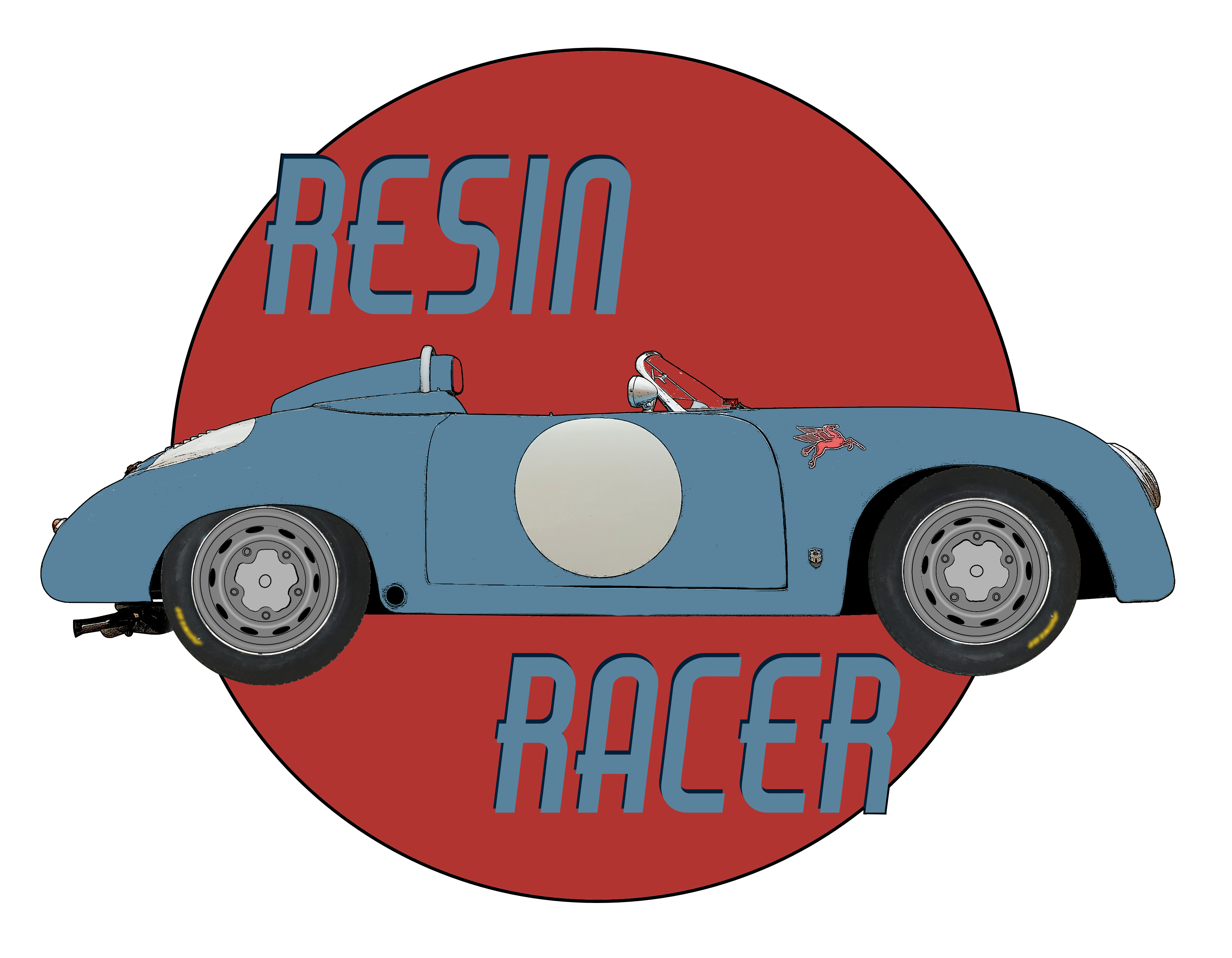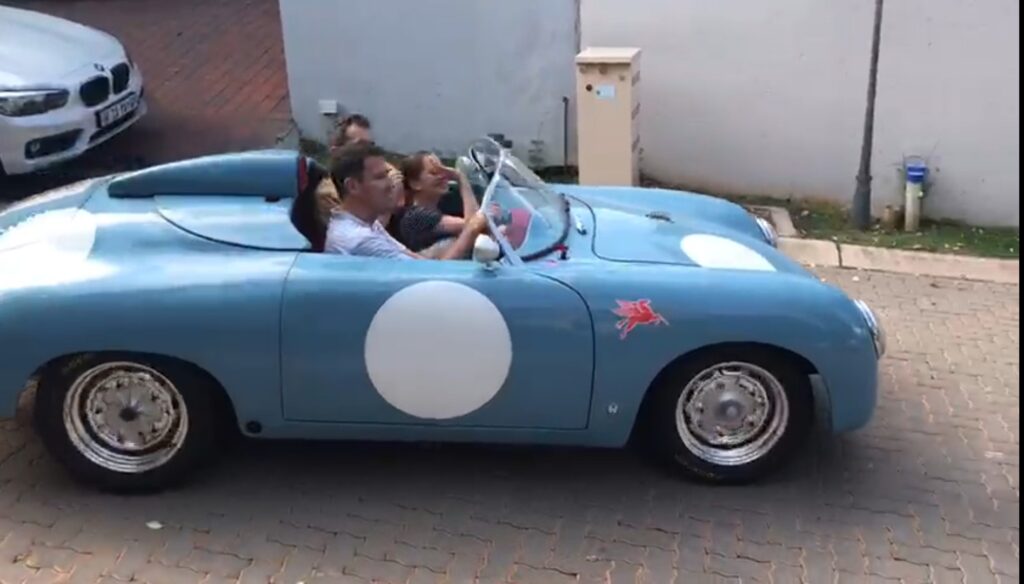I have some pressing things I need to get to workwise. As such, I have defaulted to my normal procrastination tactic of finding something else completely non-urgent on my to do list to attend to. This is how I cope with panic.
Which brings us to the roll-over hoop/ roll bar/ roll cage thing behind the driver’s head. From the very inception of the speedster project, I knew I wanted it. For the look and nostalgia of my much missed Formula Vee, the car needed one. I also had the whimsical notion that it would provide some protection in case of a roll over. I’ll confess that any ideas of ‘safety’ in a car is made of egg shells is a bit silly. I know this now that I drive the thing amongst the general public in their 2.5 ton SUVs. The only safety is to drive it veeeery carefully.
Still, it is nice to believe that if one does flip over, the first thing to contact the ground won’t be your scalp. So the bar needs to at least have some modicum of utility. Not to mention the fact that I also need a place to hang my tasty shoulder straps. I went scratching for steel structures to attach the bar to. I believe some projects have what are called ‘show bars.’ This apparently means they are connected to the fibreglass structure only. In other words, about as useful as those fake ricer tow bars that attach to a bumper with some double sided tape.
I was pleasantly surprised to discover that my car actually sports steel shoulder strap mounting points below where the B pillars normally are – there are no pillars of course, being a paper mache evocation for an already safety devoid 1950s sled. The plan was suddenly clear. I would use a ‘harness bar’ between the driver and passenger belt mounting points. Another pipe carefully persuaded into the shape of an ‘A’ s over the bullet fairing behind the driver would be connected to the harness bar as well as the floor pan on either side. This results in a flat offset ‘A gate’ (patent pending, don’t attempt this at home, all stunts performed by trained professionals) behind the seats that at least are mounted to steel parts in four places. I was briefly tempted to add side protection with another bar running to from A-pillar. This would add complication and aggravation to ingress/ egress so the idea was shelved.
Add the A-Team theme song on repeat, a very cheap and not so cheerful hydraulic pipe bender, a length of 34mm (3mm wall) mild steel pipe, an arc welder from the previous century, a bit of cardboard for a mock-up and a willing assistant (my dad) and Tan-tadan-taaa …. dan ta taaa – e voila – a wannabe race car hoop.
But seriously don’t do the theme song on repeat. It gets old after 3 minutes. You can score another two minutes by adding MacGyver’s theme, but that’s about it. Also add another day for installation and deciding whether it was going to be black or silver…











































































